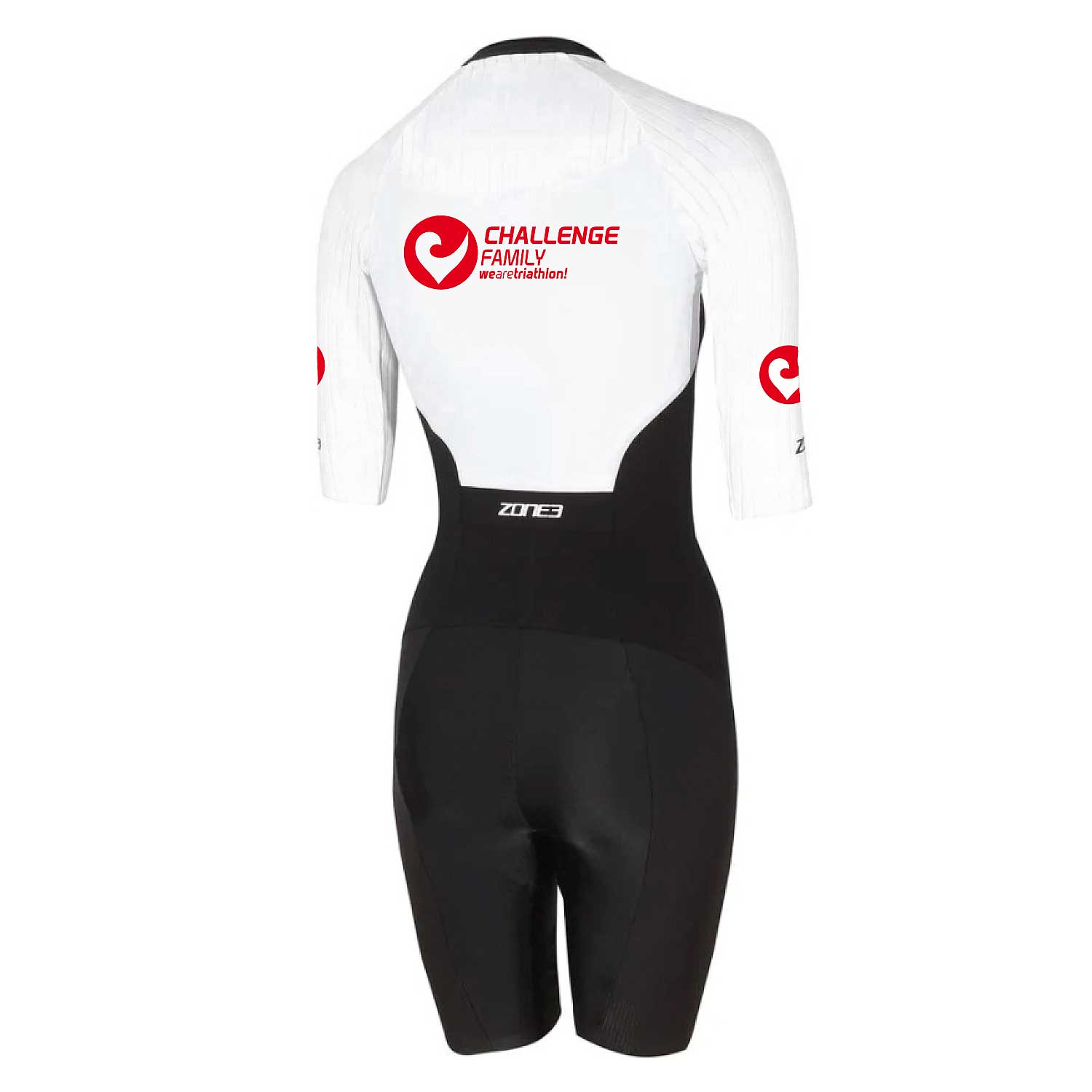Most triathletes know their open waters and the landmarks for orientation. These are often "swimmed off" in the open water units according to the same scheme. As always, the motto is: training variation. Anyone who always reels off the same route in the same rhythm in the lake stagnates. Therefore, here you will find the most important tips on how to make your open water training more varied and effective.
1. NEW POINTS OF REFERENCE
Do you control your landmarks just as reliably from a different perspective? Competitions usually take place in waters where you do not train regularly. If you look for new points of orientation every now and then or swim your lap in the opposite direction, you are always presenting your sense of orientation with a new challenge.
2. BREATHING & ORIENTATION
Try breathing variations. Do you get along just as well with a 3-way breathing in open water as with your 2-way breathing in the pool? Do you swim in a straighter line when you alternate breathing? Also try double breathing to your "weak" side between two landmarks. You can also achieve a change in your perspective with this - reference points on your weak side could possibly be much better orientation aids. But you don't see this when you breathe to the other side.
3. MEDIELED SWIMMING
Even in the lake you don't have to complete the entire route in crawl style. Combine the strokes between two landmarks: eg 30 strokes crawl - 30 strokes back - 30 strokes crawl - 30 strokes breaststroke...etc. You can modify this scheme as you wish. If possible, combine the whole thing with dolphin swimming - it's much easier with Neo and you can really let it rip.
4. CHANGE PACE
As in the pool, tempo variations are the key element against monotonous constant splashing. Similar to swimming in medley (see 3.), you can change the tempo for variety and thus achieve a higher training effect: eg 30 tempo moves - 15 easy moves - 30 tempo - 15 easy moves... You can vary this as you wish. Find two of your reference points (buoy, jetty, etc.) and use them as "pool edge" - regardless of whether they are 80m or 250m apart. Simply use these points as a commute and swim different speed elements here - like in the pool.
By the way: Pay attention to your orientation during speed training! Do you still swim in the same straight line in speed mode as you do in a relaxed long-distance swim? Speed training is therefore extremely important for orientation in competition, as the dynamics of your swimming technique change.
5. PRACTICE COMPETITION SITUATIONS
Different situations in a competition are critical: especially the start, but also swimming up and down from buoys or a short shore leave. You can also practice these situations in training so as not to be surprised or overwhelmed in competition.
Start exercises: Simulate the start as a land start (running from the beach into the water) or a water start (floating without touching the ground) by giving full throttle for 30/40/50 strokes - this is the most stressful phase in a competition - only then do you swim a few more easy strokes , turn around and repeat the procedure. This gives you a lot more mental security at the start of the competition. This form of exercise is particularly fun in a group: Whoever is first at the first buoy...
Change of direction/buoys: In competitions, buoys often mark a 90-degree change of direction - many swimmers are simultaneously heading for a single point where things get tight and from which they have to reorient themselves. Experienced triathletes increase their swimming speed in front of a buoy in order to set themselves apart from the crowd and be able to swim around the buoy unhindered. If you are stuck in such a crowd, there is often a traffic jam that you cannot get out of. Therefore, during training, practice first heading for buoys and making a change of direction so that you don't have to resort to breaststroke for orientation. In the next step, train to increase your speed to 50-80m in front of the buoy.
Shore leave: Some swim sections are divided by a short shore leave. This interrupts the swimming rhythm and you come from the horizontal swimming position to the upright running position only to have to start swimming again a little later. Shore leave is therefore also a challenge for the muscles - as well as for the sense of balance. Simply practice such a landing if the swim course of your competition includes a landing. After a longer swim distance (at least 400m) you come out of the water and run 20m along the beach, then run back into the water and start swimming. This is also a good opportunity to practice how to move the fastest in shallow, waist-deep water: wading, swimming, dolphin jumps? Experiment with what works best for you.
Find the right swimming goggles
A huge selection of swimming goggles for indoor and open water.




















